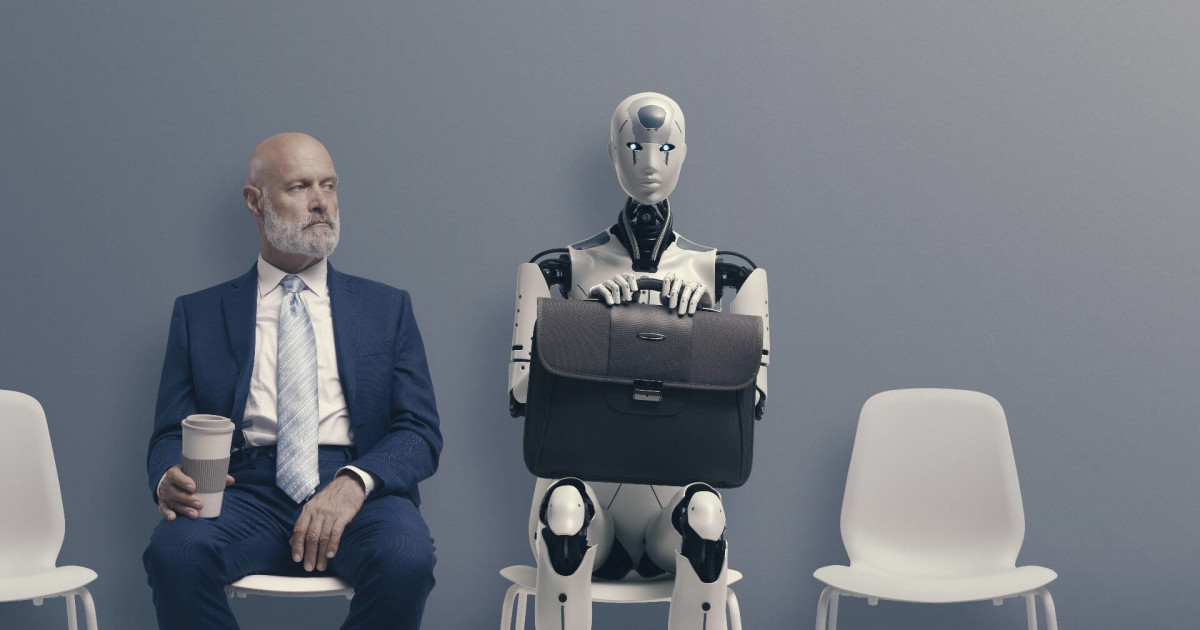Copyright The Street

The U.S. labor market is in a state of flux. The number of job cuts in the public sector has been much higher than typical in 2025. Still, even private-sector industries not concerned with reducing the federal workforce are seeing major declines. About 1.6 million U.S. workers are being laid off each month this year, according to the Bureau of Labor Statistics’ Job Openings and Labor Turnover Survey. U.S. layoff stats 2025: 1.6 million workers laid off each month On pace for 19.2 million annually. 206,101 employees laid off from 221 tech companies Job cuts up 5.9% year over year 21% of companies expected to lay off employees Through August, 13.8 million Americans were laid off, a 4.6% increase over the previous year. Macroeconomic factors always play a role in layoffs. But this time around, a technological issue is weighing on the labor market, and it’s projected to get even worse for workers on the deeper end of the earnings pool. The AI job revolution is already hurting white-collar workers Last week, Amazon dropped a bombshell when it announced it would cut 14,000 white-collar jobs, eliminating about 10% of its corporate workforce in the process. Amazon wasn’t alone. UPS has cut 14,000 managerial positions over the past 22 months. Target has said it will cut 1,800 corporate jobs. GM is cutting hundreds of jobs at its Georgia IT center. And Molson Coors eliminated 400 salaried jobs across its Americas business, representing about 9% of its white-collar workforce. Companies, especially in the tech sector, view the AI revolution as a way to reduce redundancies in their managerial ranks. “Some actually say that they think they’ll do better with smaller organizations. There was a memo sent last week inside Meta where the company’s AI chief actually said that by reducing the size of our team, fewer conversations will be required to make decisions and that each person will be ‘more load-bearing and have more scope,'” Chip Cutter, jobs reporter for the Wall Street Journal, recently said on a podcast. Mike Hoffman, CEO of growth advisory consulting firm SBI, also recently bragged that he has been able to cut his software development team by 80% in recent months, even while productivity increased. While that is good news for businesses, workers are feeling the crunch. “For employees, this is a really difficult labor market to navigate. If you’re out of work and looking for a job, it’s often times difficult to get people to respond to you to find one. Many big companies are not hiring right now,” Cutter said. Tech companies invest heavily in AI, job cuts soon follow Tata Consultancy Services is an IT company based in India. Earlier this year, the company laid off over 12,000 middle- and senior-management personnel as it looked to “position the company as a future-ready organization.” The move to shed 2% of its workforce is the largest ever by India’s top private employer. Closer to home, Accenture recently announced a restructuring plan for workers unable to reskill on AI. In September, Salesforce announced the layoffs of 4,000 customer support workers, saying that AI can do 50% of the company’s work. According to tech market intelligence firm UnearthInsight, as many as 500,000 white-collar software workers could be laid off over the next two to three years, and about 70% of those layoffs would impact workers with 4-12 years of experience. But some critics say these companies are simply blaming AI for the job cuts, when the real issue was overhiring during the pandemic. “I’m really skeptical whether the layoffs that we see currently are really due to true efficiency gains. It’s rather really a projection into AI in the sense of ‘We can use AI to make good excuses,’” Fabian Stephany, assistant professor of AI and work at the Oxford Internet Institute, told CNBC. “It’s to some extent firing people that for whom there had not been a sustainable long-term perspective, and instead of saying ‘We miscalculated this two, three years ago,’ they can now come to the scapegoating, and that is saying, ‘It’s because of AI, though.’”



